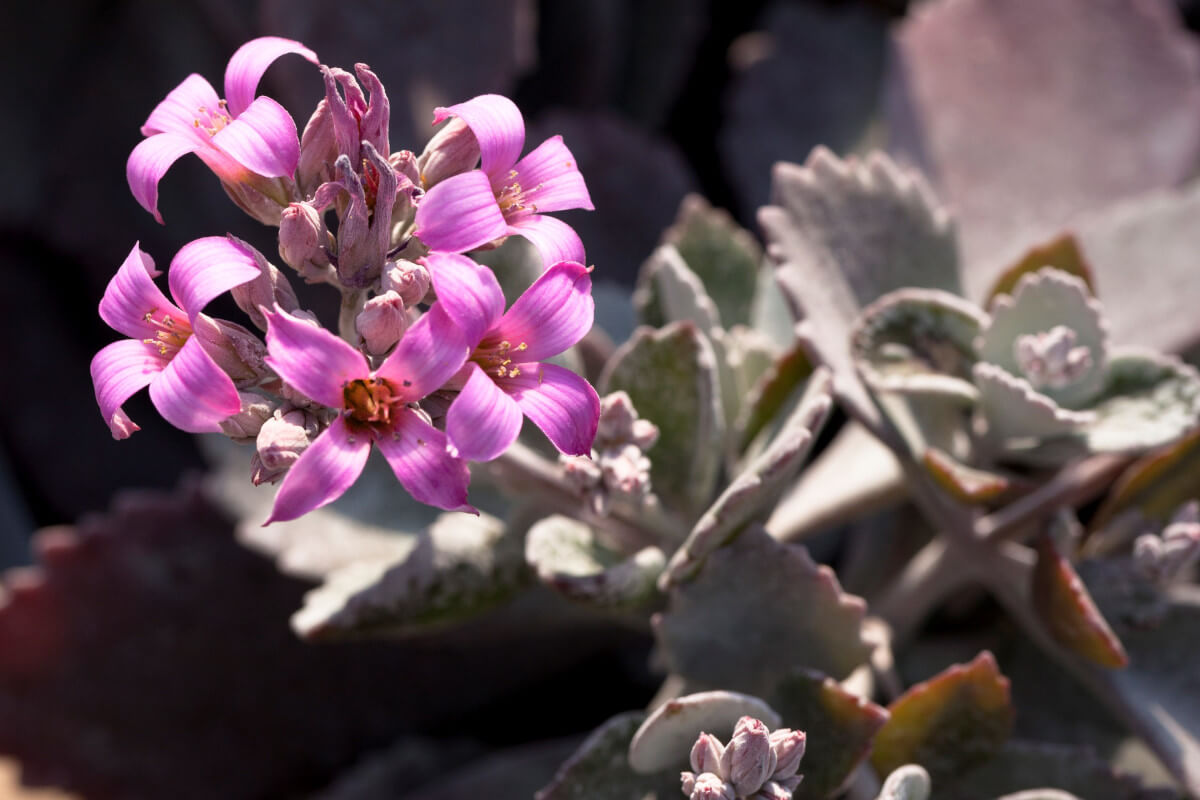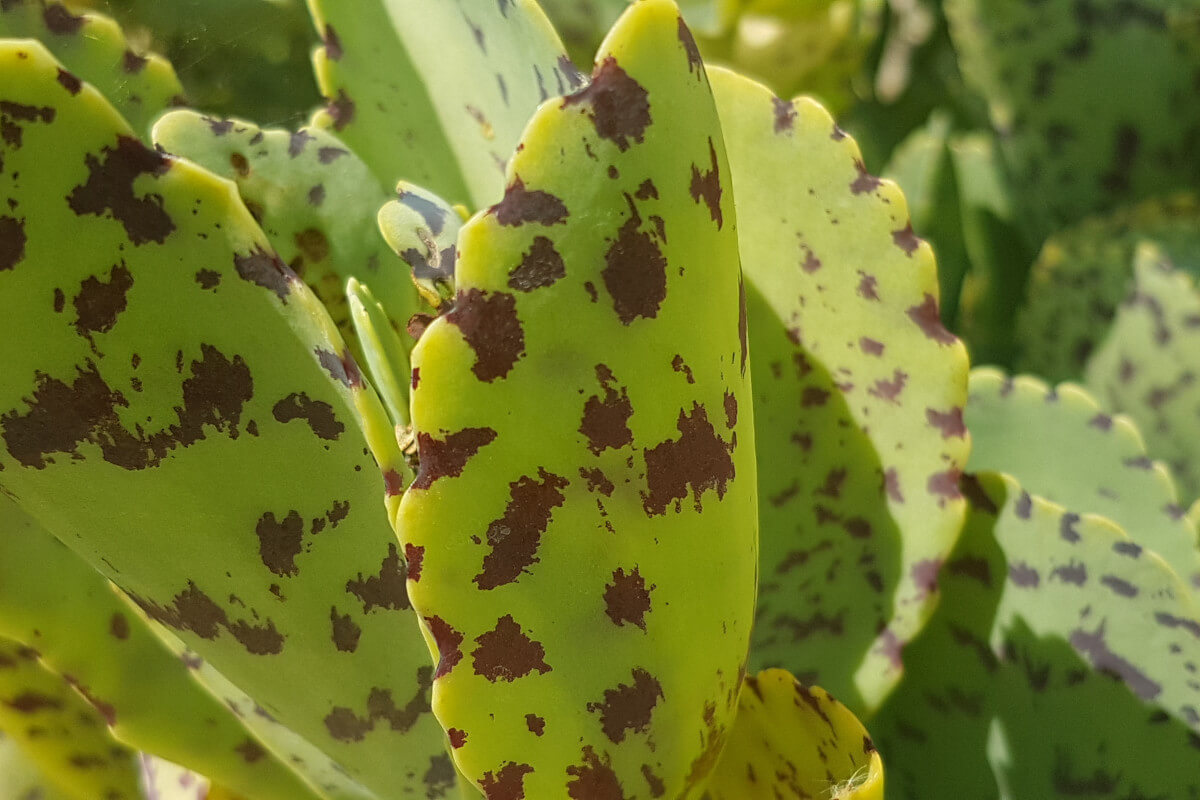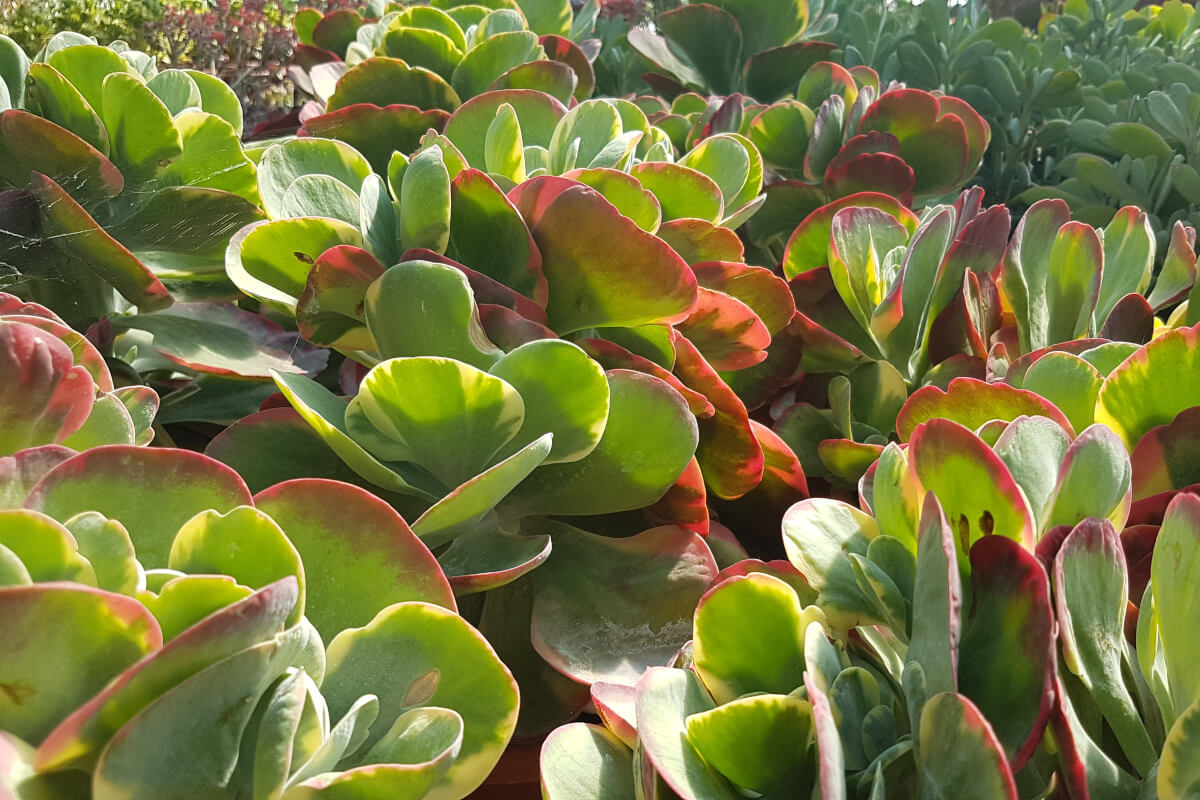Kalanchoe: care and benefits of the ideal plant for your home
The Kalanchoe, a plant native to tropical and subtropical regions, has become one of the favorites among houseplants. Its fame is no coincidence: in addition to being aesthetically captivating, this plant is valued for its beneficial properties, both decorative and medicinal. In this article, we explore its characteristics, varieties, and practical tips for caring for this wonder of nature.
Characteristics of the Kalanchoe
The Kalanchoe is easily recognizable by its thick, fleshy leaves, which can vary in shape and size, with smooth, wavy, or serrated edges. Its flowers, clustered in groups, are vibrant and colorful, ranging from pink to red, yellow to orange, bringing a touch of cheerfulness to any environment.
Native to regions like Madagascar and southern Africa, the Kalanchoe thrives in arid and sunny areas, perfectly adapting to hot and dry climates. Thanks to its ability to store water, it is a hardy and easy-to-grow plant, ideal for those seeking a low-maintenance solution for their home or garden.

The most popular varieties
There are several varieties of Kalanchoe, each with unique characteristics:
Kalanchoe blossfeldiana: The most well-known, appreciated for its vibrant and colorful flowers, perfect both in pots and gardens.
Kalanchoe oricola: Ideal for enhancing interiors and exteriors, thanks to its colorful flowers and attractive foliage.
Kalanchoe marmorata: With marbled foliage, it adds a touch of elegance and originality to any environment.
Kalanchoe luciae (or “butterfly plant”): Its broad leaves resemble butterfly wings and take on reddish hues when exposed to sunlight.
Kalanchoe thyrsiflora: With bluish leaves and yellow flowers, it is ideal for Mediterranean gardens or as a houseplant.
Kalanchoe katapifa: Its foliage varies from deep green to grayish, sometimes with reddish or purplish tones, especially under intense light.
Kalanchoe synsepala: Its bright green leaves, sometimes tinged with red or purple, are arranged in a rosette, creating a highly decorative visual effect.

Aesthetics and decorative use
The Kalanchoe is a winning choice for decorating any space. Its colorful leaves and flowers adapt to various styles: from the Kalanchoe blossfeldiana, perfect for creating vibrant contrasts, to the Kalanchoe luciae, which with its pink hues becomes a focal point in minimalist environments.
Placing it on a desk, table, or in a corner of the room can make the environment more welcoming and stimulating. Additionally, pairing it with other succulents, such as Aloe vera or Echeveria, or with decorative accessories like ceramic or terracotta pots, can create unique and harmonious compositions.
Cultivation and care
The Kalanchoe is a robust plant, but it requires some attention:
Light: It loves light but should be kept out of direct sunlight during the hottest hours. A bright window is ideal.
Watering: Being a succulent, it is drought-resistant. Water only when the soil is completely dry, avoiding water stagnation.
Temperature: It prefers mild climates (20-25°C). In winter, it is important to protect it from the cold.
Pruning: Not necessary, but you can remove dry leaves or wilted flowers to keep it healthy.

Benefits beyond beauty
In addition to beautifying spaces, the Kalanchoe also has medicinal properties. In traditional medicine, its leaves are used to treat minor wounds and abrasions. However, it is important to consult an expert before using it for therapeutic purposes, as it may have contraindications.
Moreover, the presence of plants like the Kalanchoe at home can improve psychological well-being, reducing stress and increasing concentration. Its vibrant colors stimulate creativity and make environments more pleasant, transforming them into ideal spaces for relaxation or meditation.
Frequently Asked Questions
Is it toxic to animals? Yes, it can be toxic to dogs and cats, so it is best to keep it out of their reach.
How does it reproduce? It propagates easily through cuttings: simply cut a healthy leaf and place it in well-drained soil until it develops roots.
What are the most common diseases? Root rot, caused by overwatering, and aphid infestations are the most frequent issues. Regularly checking the plant helps prevent them.
Conclusion
In summary, the Kalanchoe represents a highly valuable ornamental plant, capable of enriching the spaces where it is placed, thanks to its aesthetic features and symbolic value. Its ease of cultivation and the potential benefits it offers make it an excellent choice for those looking to explore the world of succulents. Moreover, with the right care and attention, it can thrive for a long time, proving to be a companion of beauty and well-being over time. If you desire a green corner in your environment, the Kalanchoe is certainly a plant to consider.









